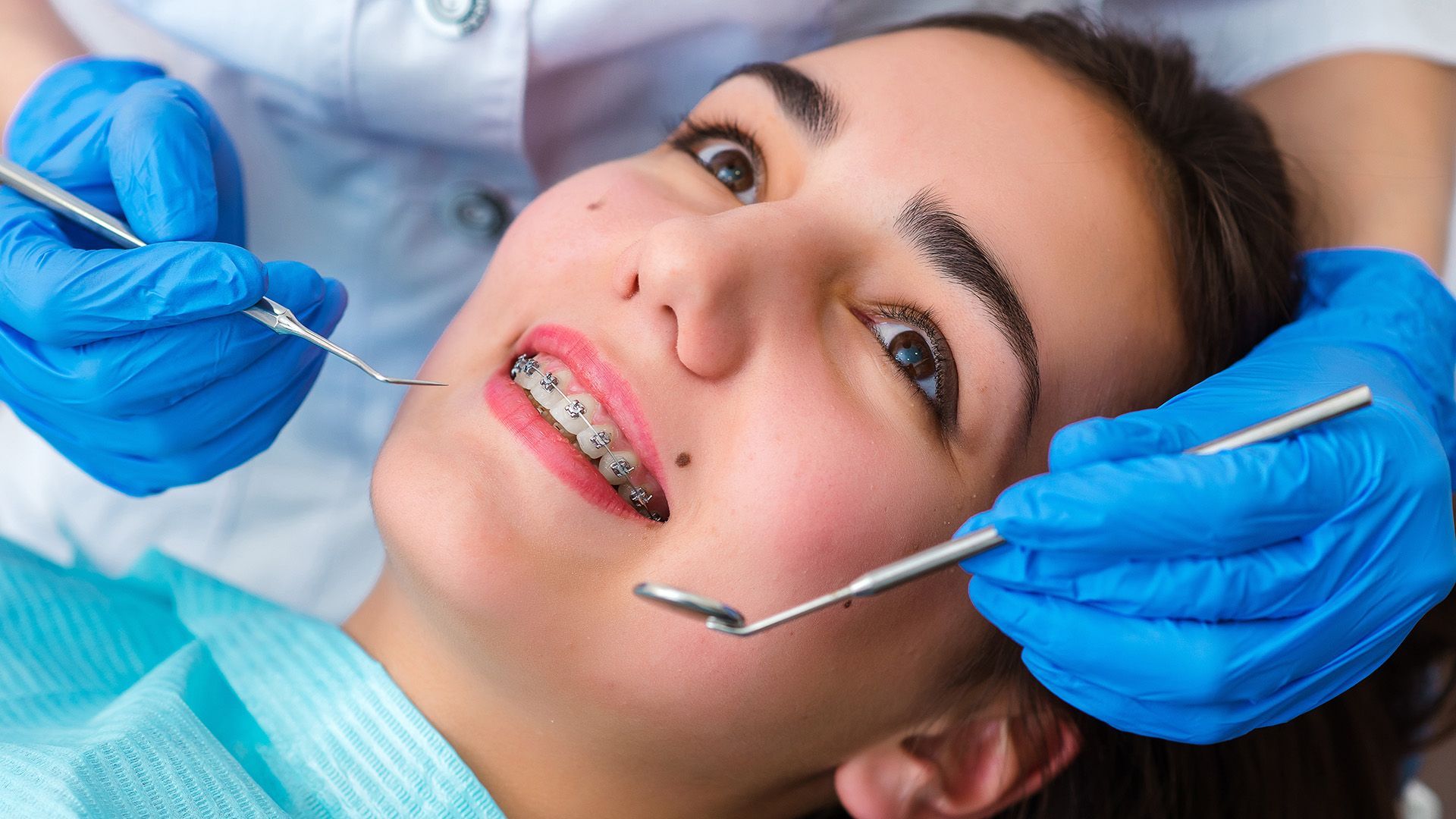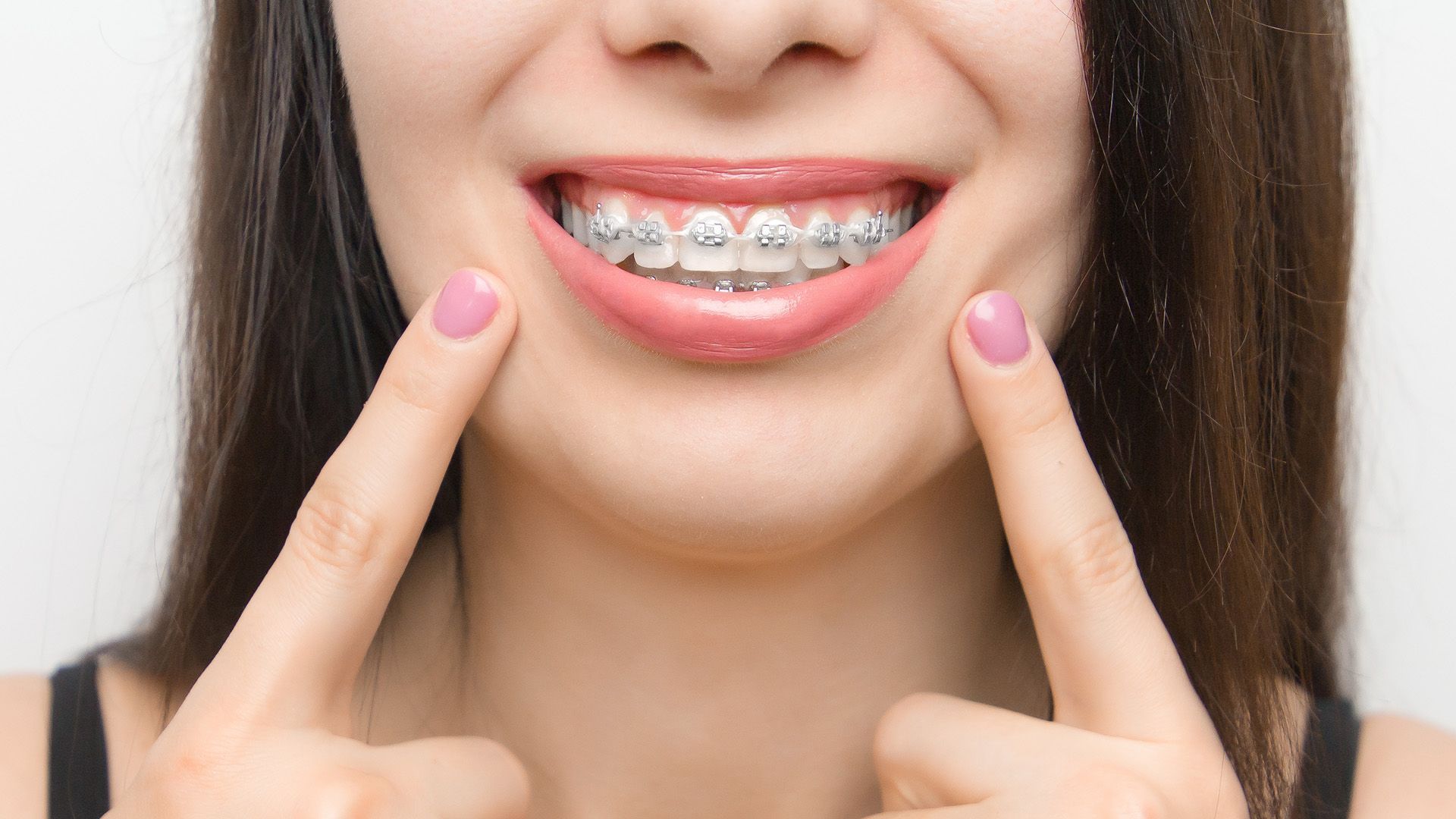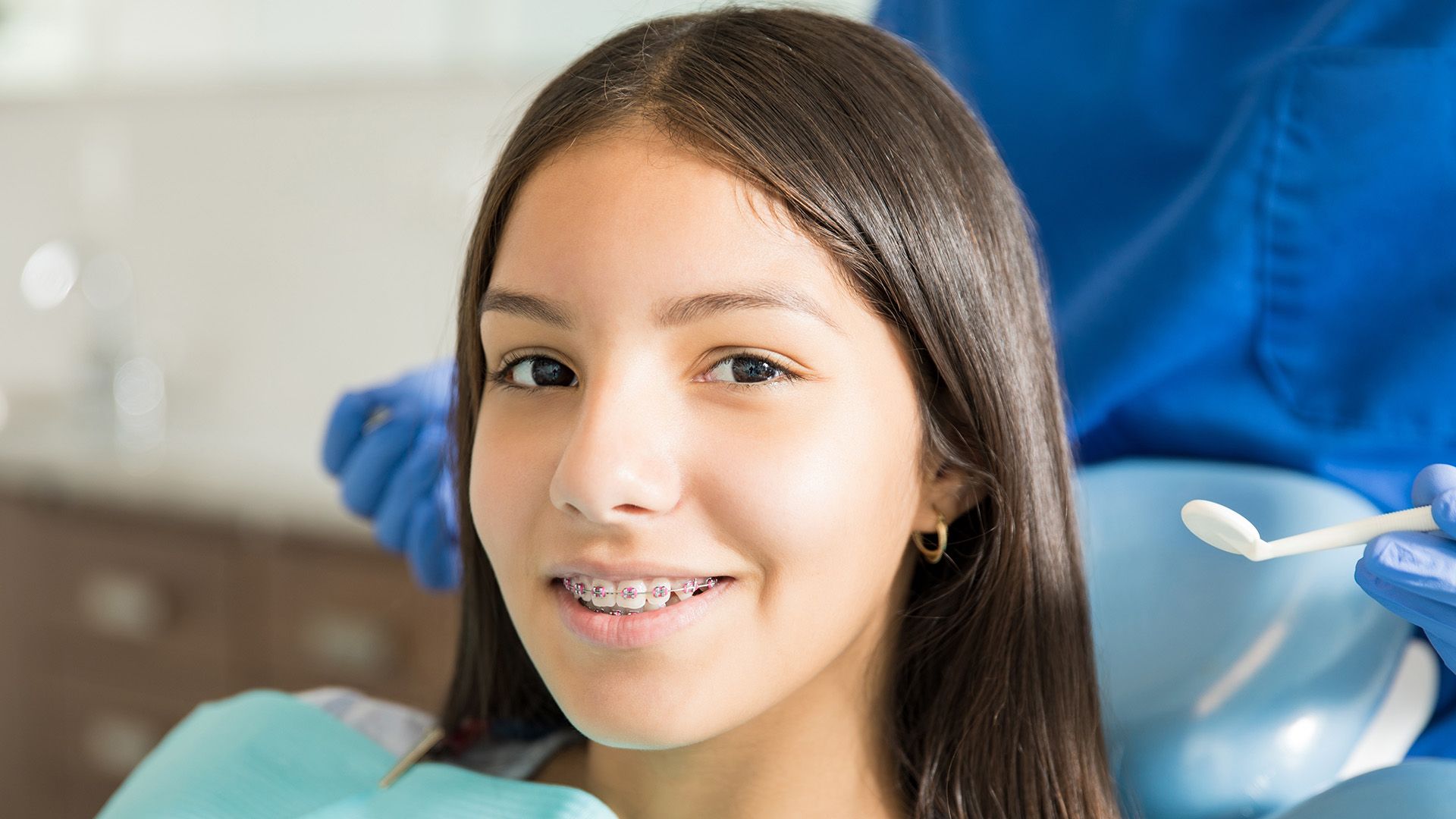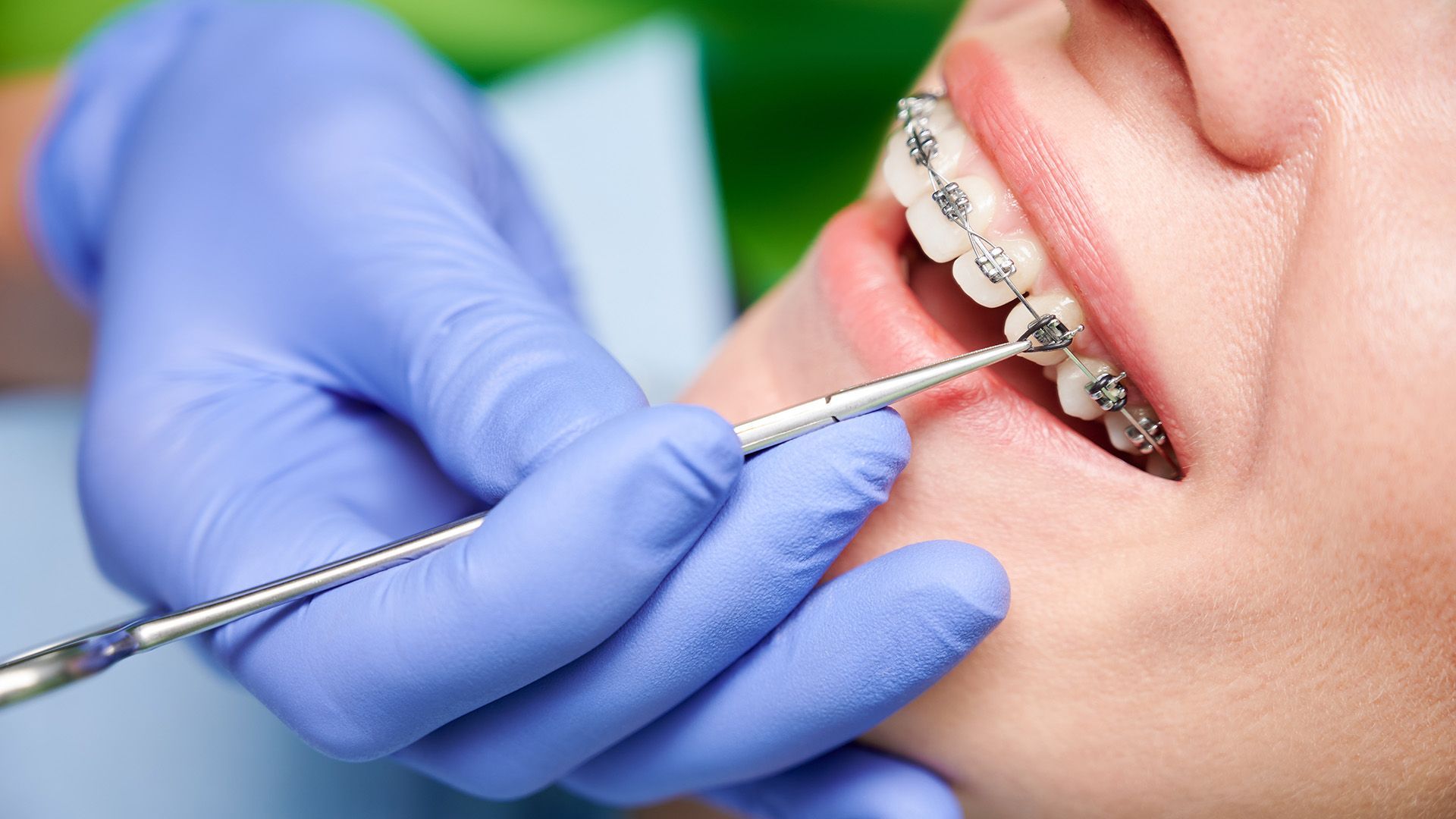What to Know Before Getting Braces
Embarking on the journey to a straighter smile is an exciting step, but it's crucial to be well-informed about what to know before getting braces. Understanding the things to know before getting braces can ease your concerns and set realistic expectations for your orthodontic treatment. From the benefits braces offer to the variety of options available, gathering all the necessary information is essential. This guide will provide insights into the advantages of braces, what happens during your consultation, the types of braces available, and essential tips for preparing for braces. Let's dive in and equip you with everything you need to know before braces!

1) Understanding the Benefits of Braces
Braces are a significant step toward a healthier smile, and understanding their benefits is one of the key things to know before getting braces. One of the primary advantages is the improvement in oral health and alignment. Misaligned teeth can lead to dental issues, such as tooth decay and gum disease, due to difficulty in cleaning. By straightening your teeth, braces enhance your smile and promote better oral hygiene, making it easier to maintain healthy teeth and gums.
Another notable benefit is the boost in confidence and self-esteem. Many people feel self-conscious about their smiles, impacting social interactions and personal relationships. With a straighter smile, you may find yourself smiling more often and feeling more confident in public settings. This newfound self-assurance can positively influence various aspects of your life, from personal relationships to professional opportunities.
Finally, braces offer long-term benefits for bite and jaw alignment. Proper alignment not only improves aesthetics but also ensures that your bite functions correctly. Misaligned bites can lead to issues such as jaw pain, headaches, and uneven wear on teeth. By investing in braces, you are not only enhancing your smile today but also setting the foundation for better oral health and function in the future, ensuring overall well-being.
2) What to Expect During Your Consultation
Knowing what to expect during your initial consultation is an important part of what to know before getting braces. The first step is an initial assessment, where a skilled team evaluates your dental health and alignment. X-rays are taken to gain a comprehensive understanding of your teeth and jaw structure. These images are crucial in diagnosing any underlying issues and determining the best course of action for your treatment.
After the assessment, various treatment options tailored to your specific needs are discussed. Whether you’re considering traditional braces, clear aligners, or other methods, understanding the benefits and considerations of each option is one of the things to know before getting braces. This open dialogue ensures you are well-informed and comfortable with the direction recommended.
Finally, a personalized treatment plan is created. This plan outlines the expected duration of treatment, the types of appliances to be used, and any additional steps necessary for achieving your desired results. Each patient is unique, and the aim is to provide a tailored experience that addresses individual goals and lifestyle.
3) Types of Braces Available
Understanding the different types of braces available is essential to determine which option best suits your needs and lifestyle. Traditional metal braces are the most common choice, consisting of stainless steel brackets and wires. They are highly effective in correcting various dental issues, including severe misalignments, and are often more affordable than other options.
Ceramic braces are a popular alternative. These function similarly to traditional metal braces but use clear or tooth-colored materials, making them less noticeable. This aesthetic advantage makes ceramic braces particularly appealing for adults and teenagers who may feel self-conscious about their appearance during treatment. Additionally, they are generally comfortable and effective, allowing for significant improvements in alignment without compromising on looks.
Clear aligners, such as Invisalign, provide a discreet and convenient option for those seeking orthodontic correction. These custom-made, removable trays gradually shift teeth into their desired positions. Clear aligners are particularly suitable for mild to moderate alignment issues and are ideal for individuals who prefer an almost invisible treatment. However, they require diligent wear, typically 20 to 22 hours a day, to achieve optimal results.
Ultimately, choosing the right type of braces is among the things to know before getting braces. Consulting with an experienced orthodontist can help you make an informed decision tailored to your unique situation.
4) Preparing for Braces: Tips and Recommendations
Getting braces is an exciting step toward a healthier and more beautiful smile, and preparing for braces involves some important adjustments and considerations. One of the first things you'll need to do is adjust your diet for braces care. Hard and sticky foods, such as popcorn, gum, and hard candies, can damage your braces and prolong your treatment. Instead, focus on softer foods that are easier to chew, such as yogurt, mashed potatoes, and smoothies. This will not only protect your braces but also make the transition more comfortable.
In addition to dietary changes, maintaining essential oral hygiene practices is crucial when you have braces. Brushing your teeth at least twice a day and flossing daily will help prevent plaque build-up around the brackets and wires. Consider using an interdental brush or a floss threader to make cleaning between your teeth easier. Regular visits to your orthodontist for adjustments and professional cleanings are also important to keep your oral health in check.
Lastly, when preparing for braces and your first appointment, it's helpful to bring a few essential items. Make sure to have your insurance information, a list of any medications you are currently taking, and any questions you might have about the treatment process. This will ensure that your appointment goes smoothly and that you leave with a clear understanding of what to expect as you begin your orthodontic journey.













